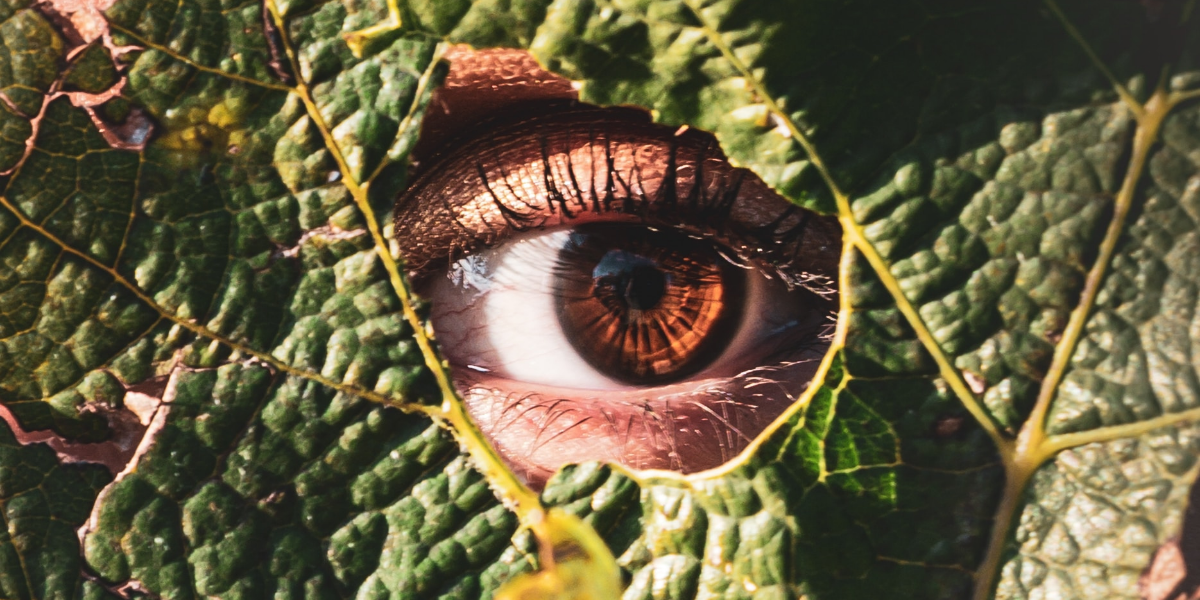"A picture is worth a thousand a thousand words" is another way of saying images contain a lot of information. However, images have conventionally made little sense to computers, which have no understanding of the meaning behind the code that makes up a digital image.
Of course, this hasn’t been the case for all computers. Consider number plate recognition systems. These link high-speed cameras to the DVLA database or iris scans to fast-track you through airport security. These systems have an undeniable ability to recognise and categorise basic images.
In addition, as organisations increasingly depend on a multitude of real-time processes, we rely on computers' sophisticated ability to identify and categorise objects, then extract useful insight and react to the image they "see."

Drawing understanding from images
Thanks to recent advances in artificial intelligence and deep learning, image recognition has become a reality. Computer vision trains machines to interpret and understand the visual world using digital images from cameras and videos. This is combined with deep neural networks that mirror the processes of the human brain.
The capability of machines to recognise and react to images may seem more impressive than it is useful. However, there is a vast and growing range of applications for computer vision across many industries, for example:
- Insurers are using it to categorise claims, recognise different damage types, estimate repair costs, and decide whether the vehicle should be sent for repair or written off.
- In cancer treatment, computer vision can assess every single "slice" of a CT scan. The technology can recognise nodules from a lung scan before categorising these as benign or malignant. It can also assess the size of the nodule and whether it is reducing, stable or growing.
- In manufacturing, computer vision can automatically detect potential product defects using cameras that monitor the production line. This avoids expensive product recalls.
- In the utilities sector, camera drones are helping maintain crucial infrastructure by identifying faulty equipment and fast-growing invasive vegetation. The cameras generate reports automatically. Then engineers can fix the problem instead of spending hours poring over images.
- In retail, brands are applying computer vision to their entire online catalogue. It is embedded in product recommendation engines or even in shop floor cameras that monitor and understand how customers use the retail space.
Previously, these tasks would have demanded human intervention to analyse and interpret the images. Not only did this create a time-consuming bottleneck, but it also distracted employees from tasks where their knowledge and abilities could be more usefully applied.
Empowering employees
Computer vision isn’t about replacing human workers, but it does help them do their jobs better. Computer vision can also perform tasks humans have not traditionally been able to. As with all well-applied AI systems, the technology allows employees to focus on higher-value tasks by automating processes that rely on image recognition. What’s most exciting about computer vision is that it can analyse such a great number of different parameters that it can make incredible, almost subjective judgments.
Take SciSports, the Dutch sports analytics company. It uses real-time tracking technology that automatically generates 3D data from recorded video of players in the field and rates them on a range of capabilities. The technology has already proven invaluable to coaches for real-time player performance analysis. And scouts are using it to unearth the next Messi.
Computer vision isn’t about replacing human workers, but it does help them do their jobs better. Computer vision can also perform tasks humans have not traditionally been able to. Click To TweetWildtrack is also using computer vision to protect endangered species. It has developed a noninvasive tool for monitoring animals through digital images of footprints. The approach replicates the skills of an indigenous tracker to identify the species, sex and age of a variety of species.
Computer vision might be in its infancy, but it’s already shown its potential. In the near future, the technology’s deep learning capability will be integral to everything from teaching self-driving cars about road hazards to catching criminals through enhanced CCTV analysis.
With so many potential uses, every organisation should be investigating how computer vision can put every opportunity in the frame. Find out more about the development of computer vision.


2 Comments
Computer vision: Past, present and future
https://blogs.sas.com/content/hiddeninsights/2019/10/08/computer-vision-a-glimpse-at-the-past-present-and-future/
Hallo Matthew,
thank you for your contribution.
I’m interested in 3D / 4D S = f(x,y,z,t) presentation.
Can you help?
best regards
Günther
Klein Ammensleben, 7. September 2021
ICS Dr. G. Roscher GmbH
Dr.-Ing., Dipl.-Math. Günther Roscher
CEO
Am Kirchberg 6
D - 39326 Klein Ammensleben
Tel.: +49 39 202 52 12 6
Fax: +49 39 202 52 12 8
http://www.ICSRoscher.de
webmaster@ICSRoscher.de
Hello Günther, Yes the techniques are already used for image analysis over time e.g. video. 3D analysis would be dependant on the recording devices, for example the work we have done in medical imaging often considers 3 dimensions.